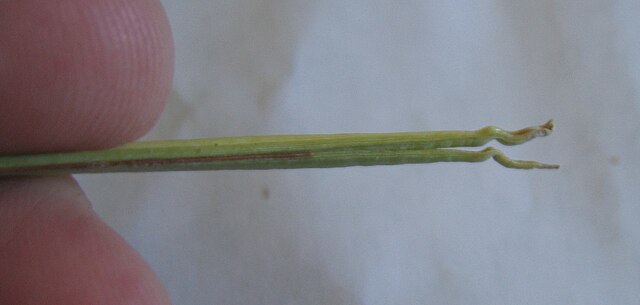The palm branch, or palm frond, is a symbol of victory, triumph, peace, and eternal life originating in the ancient Near East and Mediterranean world. The palm (Phoenix) was sacred in Mesopotamian religions, and in ancient Egypt represented immortality. In Judaism, the lulav, a closed frond of the date palm is part of the festival of Sukkot. A palm branch was awarded to victorious athletes in ancient Greece, and a palm frond or the tree itself is one of the most common attributes of Victory personified in ancient Rome.
The Palm Leaf by William-Adolphe Bouguereau (1825–1905), portrait of an unidentified woman in ancient dress
Solidus (335–336 AD) of Constantine I, the first Christian emperor, with Victory holding a palm and a military trophy next to a christogram
Palms on an Achaemenid seal impression, 5th century BC. The iconography of palm was commonly used by ancient Babylonians.
Apollo holding a laurel branch and libation bowl, next to a palm that represents his birth on Delos (Comacchio Painter, c. 450 BC)
Lulav is a closed frond of the date palm tree. It is one of the Four Species used during the Jewish holiday of Sukkot. The other Species are the hadass (myrtle), aravah (willow), and etrog (citron). When bound together, the lulav, hadass, and aravah are commonly referred to as "the lulav".
Four Species, with the lulav longest in the middle.
Isidor Kaufmann: Child with Lulav
A man testing whether a lulav is kosher, Jerusalem, 1969
The tiyomet, or twin middle leaf of the lulav, shown split








